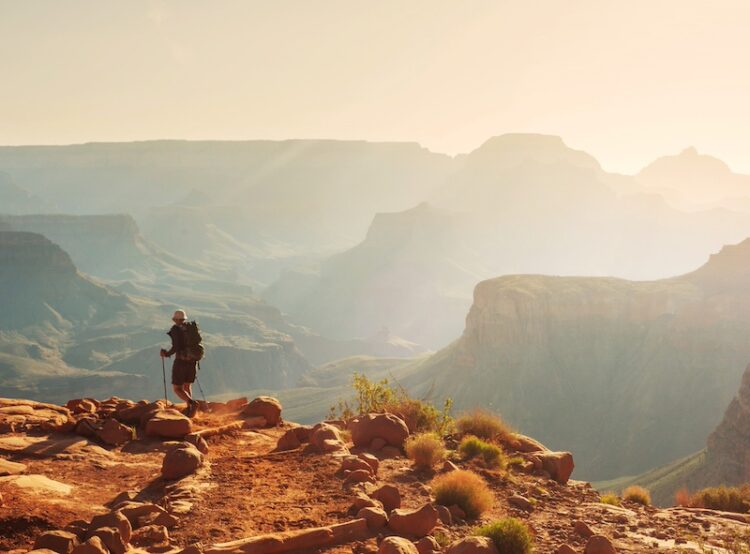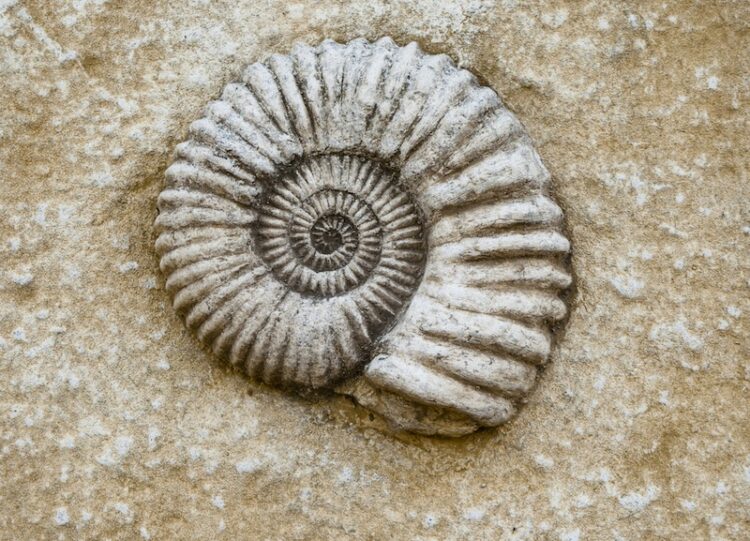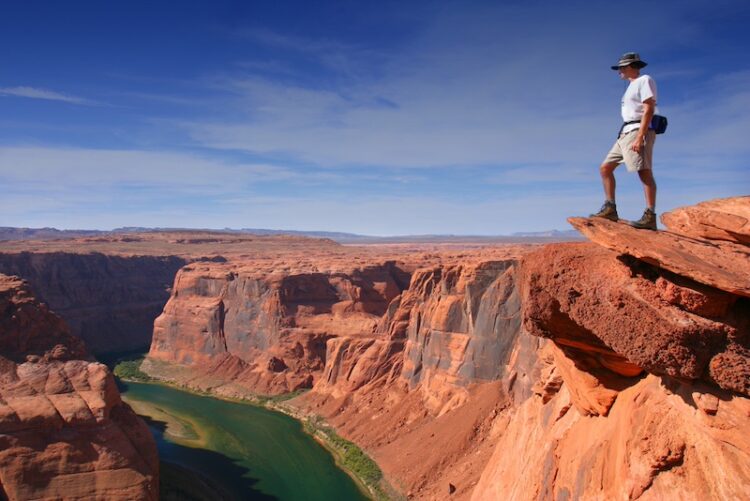
Nestled within the rugged terrain of Arizona lies one of the world’s most awe-inspiring wonders: the Grand Canyon. Carved over millions of years by the mighty Colorado River, this natural marvel stands as a testament to the sheer power and beauty of geological processes. While many of us are familiar with its breathtaking vistas and majestic landscapes, the Grand Canyon harbors a wealth of secrets and surprises waiting to be discovered.
From its formation to its diverse ecosystems, cultural significance, and more, read on to learn 10 things you didn’t know about the Grand Canyon.
The Grand Canyon Has Over 1,000 Caves

The Grand Canyon isn’t just about the jaw-dropping views you see from the top—it’s got a whole other world hiding underneath! Believe it or not, there are over 1,000 caves down there. These caves didn’t just pop up overnight; they formed over millions of years through all sorts of cool geological stuff. Some are tiny and tough to get into, while others are big enough to explore. However, despite having more than 1,000 caves, only a little more than 330 have been discovered.
Grand Canyon National Park is Larger than Rhode Island

Rhode Island covers approximately 1,214 square miles, while the Grand Canyon National Park extends over an area that is about 1.9 times larger. This stark comparison underscores the immense scale and majesty of the Grand Canyon, solidifying its status as one of the world’s most iconic natural landmarks.
There’s a Village Within the Grand Canyon

Situated deep within the canyon, Supai is a remote village that is accessible only by foot, horseback, or helicopter. The Havasupai people have inhabited this area for centuries, living in harmony with the land and preserving their unique cultural heritage. Despite its isolation, the village welcomes visitors who come to experience its natural beauty and iconic waterfalls, such as Havasu Falls and Mooney Falls.
Taking Rocks from the Grand Canyon is Illegal

Taking rocks from the Grand Canyon is illegal due to the significant ecological and geological impact it can have on the delicate ecosystem and geological formations of the canyon. Removing rocks disrupts the natural balance of the environment, disturbs plant and animal habitats, and can contribute to erosion. Additionally, rocks serve as integral components of the canyon’s geological history and scientific study, providing valuable insights into its formation and evolution over millions of years.
The Grand Canyon Has Fossils, But None of Dinosaurs

The Grand Canyon is indeed a treasure trove of fossils but notably lacks dinosaur fossils. While the canyon’s geological layers date back millions of years and contain a rich record of ancient life, the absence of dinosaur fossils is attributed to the specific geological conditions present during the Mesozoic Era, when dinosaurs roamed the Earth.
The rocks of the Grand Canyon predominantly represent marine environments and desert conditions, which were not conducive to the preservation of dinosaurs. Instead, the canyon’s fossil record primarily consists of marine invertebrates, plants, and early terrestrial mammals, providing valuable insights into the region’s prehistoric ecosystems and evolutionary history.
A Plane Crashed Over the Grand Canyon

A tragic event occurred on June 30, 1956, when two commercial airplanes, a United Airlines flight and a Trans World Airlines flight, collided over the Grand Canyon. The mid-air collision resulted in the loss of all 128 passengers and crew aboard both aircraft. The crash led to significant changes in air traffic control procedures and spurred advancements in aviation safety regulations. It also highlighted the importance of improved radar technology and better communication protocols to prevent similar accidents in the future.
Over 100 Movies Were Filmed At the Grand Canyon

The iconic landscape of the canyon, with its majestic cliffs, winding Colorado River, and expansive vistas, has served as a dramatic setting for a wide range of film genres, including westerns, adventure films, and even science fiction. Filmmakers are drawn to the Grand Canyon for its unparalleled natural beauty and ability to evoke a sense of awe and wonder on the silver screen. To date, there have been over 130 movies filmed at the Grand Canyon.
The Grand Canyon is Home to the Pink Rattlesnake

The Grand Canyon is home to a unique species of rattlesnake known as the Grand Canyon Pink Rattlesnake (Crotalus oreganus abyssus). These striking serpents are characterized by their pinkish hues, which blend seamlessly with the canyon’s rocky terrain. They are a subspecies of the western rattlesnake and are well-adapted to the harsh desert environment of the Grand Canyon.
The Grand Canyon Has Its Own School District

The Grand Canyon region does indeed have its own school system, primarily serving the families of park employees and residents of nearby communities. The Grand Canyon Unified School District operates within the area, providing education from kindergarten through high school.
The district’s schools cater to the unique needs of the local population, offering a range of academic programs and extracurricular activities while also incorporating educational opportunities centered around the canyon’s natural wonders and cultural significance.
The Grand Canyon Has a Cemetary

Within the Grand Canyon National Park, there exists a cemetery known as the Grand Canyon Pioneer Cemetery. This historic burial ground serves as the final resting place for early settlers, pioneers, and individuals who played significant roles in the exploration and development of the canyon region. Established in the late 19th and early 20th centuries, the cemetery holds a poignant reminder of the human history intertwined with the geological marvel of the Grand Canyon.
The Grand Canyon Has Over 1,700 Plant Species

The Grand Canyon boasts an astonishing biodiversity, harboring a rich tapestry of more than 1,700 plant species within its vast and varied landscape. This botanical diversity is a testament to the canyon’s unique geological history, diverse microclimates, and range of elevations. From desert-adapted cacti and succulents to lush riparian vegetation along the Colorado River, the Grand Canyon supports a wide array of plant life, each species playing a vital role in the ecosystem.
Rock Squirrels Are the Grand Canyon’s Most Dangerous Animal

Rock squirrels, despite their seemingly innocuous appearance, are often considered one of the Grand Canyon’s most dangerous animals due to their potential to transmit diseases such as plague and tularemia through bites or scratches.
While encounters with these squirrels are common and they may appear friendly or approachable, visitors are advised to maintain a safe distance and avoid feeding them to prevent aggressive behavior. Additionally, rock squirrels are known to raid campsites and picnic areas in search of food, posing a risk of injury to humans if provoked or startled.
Over 200 People Are Rescued from the Grand Canyon Every Year

Annually, approximately 250 individuals find themselves requiring rescue from the Grand Canyon due to various emergencies or accidents. These incidents often occur as a result of hikers underestimating the rigorous terrain, extreme temperatures, and unpredictable weather conditions within the canyon. On top of that, injuries from falls, dehydration, or exhaustion contribute to the need for rescues.
Weather Varies Throughout the Grand Canyon

Weather conditions throughout the Grand Canyon vary significantly due to its vast size, varying elevations, and complex terrain. At the rim, temperatures can differ dramatically from those within the canyon itself. Additionally, weather patterns can change rapidly, leading to fluctuations in temperature, precipitation, and wind conditions.
Visitors should be prepared for a wide range of weather conditions, from scorching heat in the inner canyon to sudden thunderstorms or even snow at higher elevations during certain times of the year.
There Are Rules About Spreading Ashes at the Grand Canyon

The Grand Canyon has specific regulations regarding the scattering of ashes within the park. While it is allowed, individuals must obtain a permit from the National Park Service before scattering ashes. Permits are typically granted for designated areas within the park, and certain guidelines must be followed to ensure the scattering does not disrupt the natural environment or pose safety hazards.

Comments
Loading…